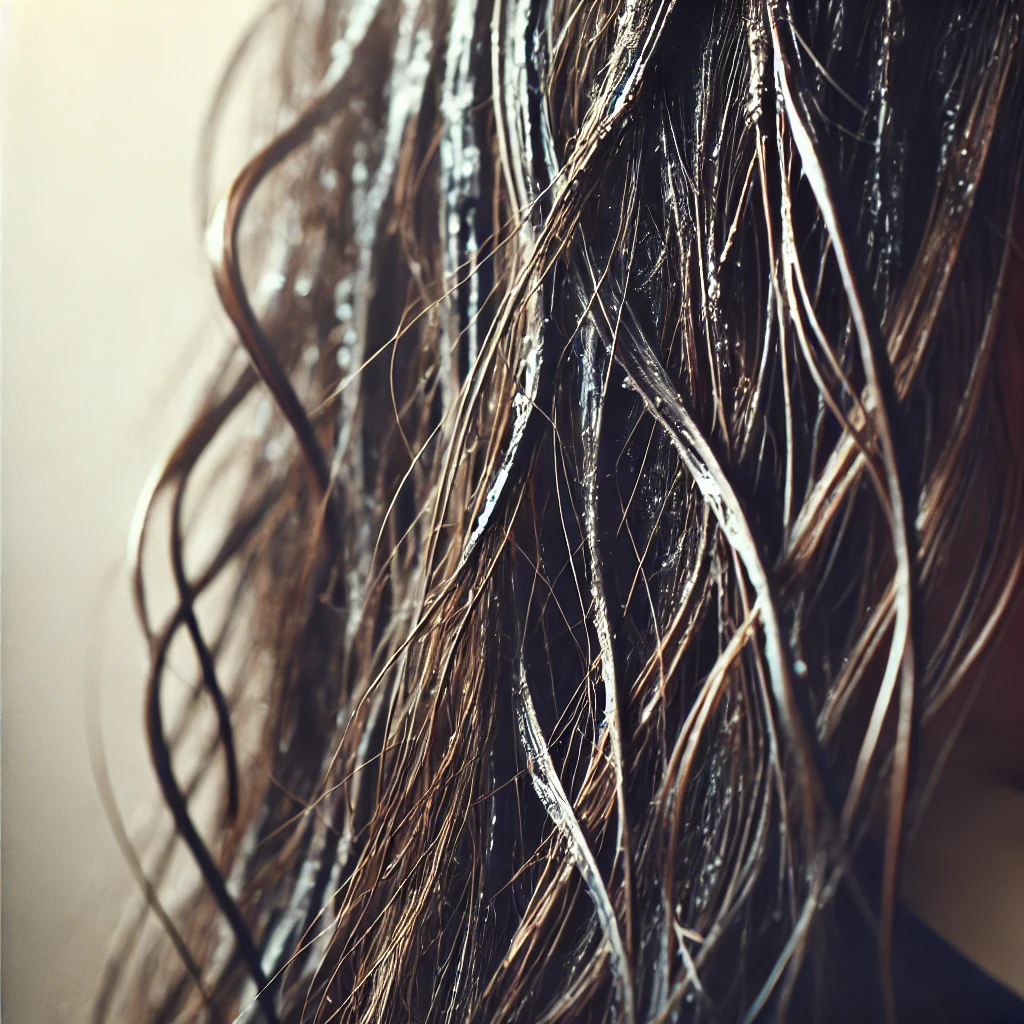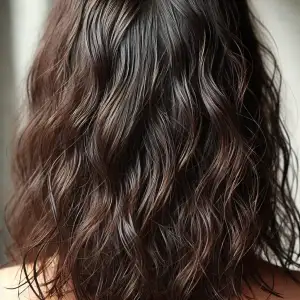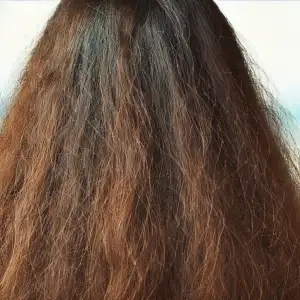Dealing with oily hair can be challenging, but with the right hair care routine and suitable products, you can maintain fresh, healthy-looking locks. This guide offers helpful tips for controlling sebum production and keeping your hair looking its best.
Understanding Greasy Hair
Excess sebum production leads to oily hair, which can result in limp and greasy-looking strands. Sebum is essential for maintaining hair health, but too much of it can weigh down your hair. Recognizing the causes of greasy hair can help you take control.
Causes of Excess Oil in Hair
Factors contributing to excess oil include:
- Genetics: Your genetic makeup plays a role in how much sebum your scalp produces.
- Hormonal Fluctuations: Life changes like puberty, pregnancy, or menopause can increase oil production.
- Over-Washing: Shampooing too frequently strips your scalp of oils, prompting your body to produce more.
- Product Build-Up: Heavy conditioners and styling products can accumulate and contribute to a greasy appearance.
- Diet: Consuming greasy foods can also impact oil levels in your scalp.
How to Manage Oily Hair
Proper Cleansing Routine
Use a shampoo specially formulated for oily scalps to keep your scalp clean and prevent oil buildup. Neutrogena T/Gel Daily Control Shampoo manages oil production and reduces buildup.
Avoid Over-Washing
Washing too often can worsen oiliness. Aim for washing your hair 2-3 times a week to maintain balance.
Lightweight Conditioning
Use a lightweight conditioner and apply it only to the ends of your hair to avoid weighing down your strands. Herbal Essences Bio White Grapefruit & Mosa Mint Conditioner is a great option for this.
Clarifying Shampoo for Weekly Deep Cleaning
Using a clarifying shampoo once a week helps eliminate excess product buildup. Paul Mitchell Clarifying Shampoo Two cleanses deeply, leaving hair fresh.
Use Dry Shampoo Between Washes
To refresh hair between washes, dry shampoo absorbs excess oil and adds volume. Batiste Dry Shampoo offers instant freshness and texture.
Avoid Heavy Styling Products
Heavy styling creams and gels can worsen oiliness. Opt for lighter mousses or sprays to maintain volume without adding excess grease.
Healthy Diet and Lifestyle for Balanced Hair
A balanced diet and healthy lifestyle can also reduce sebum production. Focus on fruits, vegetables, and lean proteins while limiting greasy food intake.
Stay Hydrated: Drinking plenty of water helps maintain oil balance in the scalp, leading to healthier hair overall.
Common Problems and Solutions
- Greasy Roots: Apply dry shampoo to the roots to absorb oil and extend the time between washes.
- Flat, Limp Hair: Use volumizing products and avoid heavy conditioners. Dry shampoo also helps add lift.
- Dandruff: An oily scalp can lead to dandruff. Use anti-dandruff shampoos like Head & Shoulders Oil Control Shampoo to manage both dandruff and oil.
Recommended Products for Managing Oily Hair
- Neutrogena T/Gel Daily Control Shampoo: Controls oil and reduces buildup.
- Herbal Essences Bio White Grapefruit & Mosa Mint Conditioner: Lightweight, adding volume without excess oil.
- Paul Mitchell Clarifying Shampoo Two: Removes product buildup for cleaner hair.
- Batiste Dry Shampoo: Instantly refreshes hair between washes.
- OGX Tea Tree Mint Shampoo: Balances scalp oil production for a cleaner feel.
Conclusion
Controlling oily hair requires a combination of the right hair care products, lifestyle adjustments, and a proper washing routine. Incorporate these tips and products into your regimen to maintain fresh, clean, and balanced hair.




